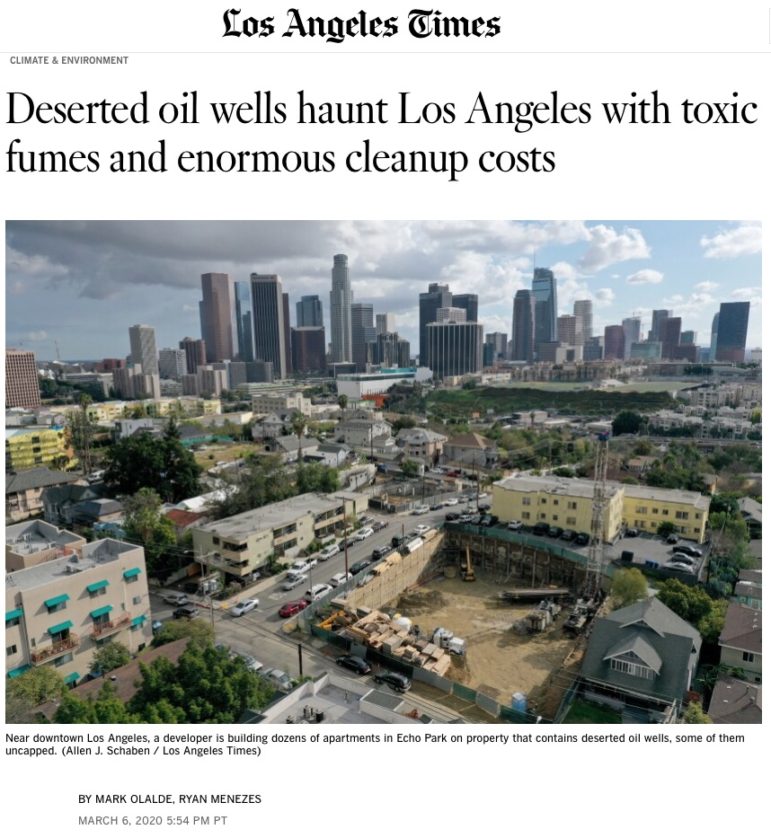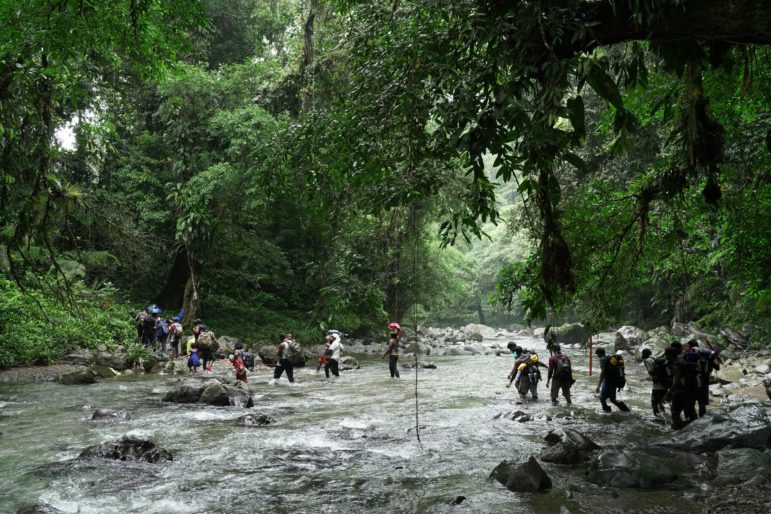

7 Things You Need To Know about Non-Profit Journalism

Some of the more than 150 nonprofit organizations worldwide working in support of investigative journalism. Source: GIJN.
There is a silent crisis afflicting our democracy: the implosion of journalism as we have known it. Its most obvious symptom is the tens of thousands of journalists who have lost their jobs in the last decade. Those jobs were never refilled.
We started InsideClimate News in 2007 as this upheaval began and watched the environmental beat get disproportionately walloped. We are now approaching our 10th year of digital publishing as a non-profit news organization. We would never have survived, let alone launched, as a commercial enterprise.
At the nearly 1,400 daily newspapers in the United States, you’ll now find about 33,000 working journalists. In 2007, there were 55,000. (That 40 percent decline is documented in the 2015 American Society of Newspaper Editors’ census.) Economists may call this destruction of traditional journalism “creative” but it is nothing less than a pressing matter of national security.
In the Founding Fathers’ scheme of liberty, a free press is the organ of transparency and accountability. It keeps our democracy free of toxins, working like the liver of our body politic. Without it, we suffer from metabolic dysfunction and drown in our own poison.
If you think that’s an overstatement, take a look around. Notice how many of our state governments now operate with almost no media scrutiny. Then please remember why the Bill of Rights was needed. As the preamble of 1789 explained it: to prevent the abuse of power, to extend the ground of public confidence in the government and to insure its beneficent ends.
Even though the First Amendment identifies the right to a free press, nowhere does it guarantee — much less explain how — it will be paid for. A free press is a fundamental attribute of freedom, but on the question of whether it ought to be a lucrative endeavor, the Constitution is silent.
Newspapering turned out to be profitable, thanks to a natural monopoly over local print and classified advertising. As far back as anyone can remember, publishers were able to sidestep the ruthless, existential competition of the marketplace — until the internet era.
Is journalism inherently incompatible with a globalized free market? What’s the business model for preventing the abuse of power?
Jack Cushman, who spent decades as a newspaper reporter and editor in Washington before joining InsideClimate News, captures the current difficulties in a cogent quip. “I sometimes say that I went to the non-profit news sector from the unprofitable one,” he says.
 A decade ago, you could not have foreseen such a possibility, or the current expansion and impact of non-profit journalism. It’s hardly a complete cure for what ails us, but it has proven to be a powerful tonic for a sick patient.
A decade ago, you could not have foreseen such a possibility, or the current expansion and impact of non-profit journalism. It’s hardly a complete cure for what ails us, but it has proven to be a powerful tonic for a sick patient.
So here are seven things you need to know about non-profit journalism. Five of them explain why the non-profit tonic works; two of them explain what’s needed to make more of it.
After all, it’s good for the liver.
Why Non-Profit Journalism Works
1) The enterprise has no other mission than the practice of journalism.
Nobody is in it for the money. There are no shareholders to satisfy. No media mogul can find a way to milk it dry. If a non-profit generates income, it gets plowed back into more journalism. Serving the public interest is its sole function, the practice of journalism in its noblest expression.
2) Nonprofits use resources efficiently, often with spectacular results.
 This year’s Pulitzer Prizes offer compelling evidence of this. ProPublica notched its third Pulitzer. The Marshall Project got its first. InsideClimate News was named a finalist for the Public Service gold medal, three years after winning one for national reporting. It’s a mighty strong showing for three nonprofits with a combined budget of less than $20 million and staffed by fewer than 100 people.
This year’s Pulitzer Prizes offer compelling evidence of this. ProPublica notched its third Pulitzer. The Marshall Project got its first. InsideClimate News was named a finalist for the Public Service gold medal, three years after winning one for national reporting. It’s a mighty strong showing for three nonprofits with a combined budget of less than $20 million and staffed by fewer than 100 people.
3) Non-profit journalism is immune to external pressures that can compromise editorial independence.
I’ll speak for InsideClimate News here. We do not accept advertising, so no paying entity can exert financial pressure to influence our coverage. Nor do we sell “native advertising” — a euphemism for advertising disguised as editorial.
We don’t have to chase traffic or manufacture clickbait. We also do not need to curry favor with newsmakers and other elites in order to break news competitively, so they lack a common form of leverage.
We do generate grants from philanthropic donors, whom we identify. They provide general support for our operations and have no access to our editorial process.
4) Non-profit outlets have to be good to survive, excellent to thrive.
Non-profit outlets are needed to fill gaps in coverage. We do the work that the media industry can no longer do on its own, but we won’t survive unless our work meets high journalistic standards and makes a difference.
5) It’s harder to fool a non-profit media outlet, especially one that has subject matter expertise.
Somehow, no one told the story of the mass incarceration of people of color as it was happening over decades; no one demonstrated that Iraq did not possess weapons of mass destruction until it was too late to stop a war; and too many still frame climate change as a matter of debate instead of an urgent, planetary crisis already spinning out of control.
These and other media failures underscore the need for a variety of independent non-profits with specialized knowledge to strengthen the practice of journalism.
Let’s not forget the overt threats we face from those who would simply like to destroy journalism, too, by bypassing and de-legitimating it. It’s a truly un-American idea now stalking the land. We need more non-profit journalism to thwart these efforts and strengthen the vital role of a free press in our civic life and democratic process.
How To Make More Non-Profit Journalism
6) Non-Profits Need Reader Support

(Gueorgui Tcherednitchenko, licensed by CC)
Content on the internet is mostly free, and most readers feel entitled to unfettered access. It’s a reflexive reaction. I have it, too. Still, we need our readers to help us pay for the work we do.
More and more of you understand this. There’s nothing better for us than to receive an unsolicited online donation, no matter the amount. It’s even better when the donation is a recurring monthly donation.
It’s a eureka moment when we get a voluntary subscriber like that, a reader who understands that non-profit journalism needs supporting in this brave new world.
7) Non-Profits Need an Angel of Their Own
Jeff Bezos is earning plaudits for the transformation underway at the Washington Post, after he bought it for $250 million. He brought the brainpower that built Amazon to rescue an institution in our nation’s capital that we can’t do without.
For the next angel with that kind of money to spend on journalism, here’s a suggestion: Launch 50 nonprofits, give each $5 million of seed money, and turn ’em loose.
Even if only a third or a quarter of them survive, it would be a great investment in the future of American journalism.









